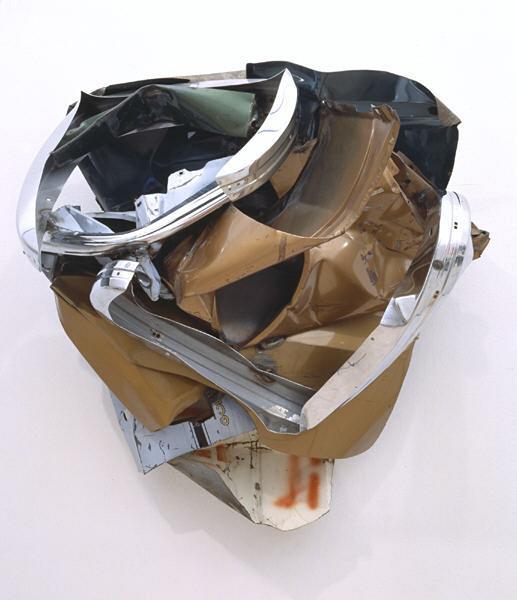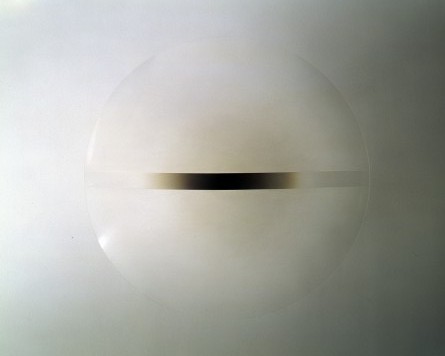This past Wednesday my colleague Hadly Clark and I took advantage of our great Spring Break crowds and tried an impromptu gallery experiment. We spent time in Re-Seeing the Contemporary: Selected from the Collection exhibition, asking visitors to look at four artworks with us and to think deeply…with their noses!
For part one of our experiment, we asked participants: If this artwork had a scent, what do you think it would smell like? Why? As someone who likes thinking with her nose, I had fun hearing visitor responses and considering how their creative associations helped me see familiar artworks in fresh ways. Below are responses inspired by one of our stops, Robert Irwin’s Untitled:
|
The slideshow below includes all four featured artworks, images of participants, and a few responses for another one of our stops, Mark Rothko’s Orange, Red and Red. After the slideshow, Hadly explains part two of the experiment and some great opportunities to join in on other experiment-like experiences here at the DMA…
The second half of our sensory experiment encouraged participants to actively engage their sense of smell. We provided nine samples of scents tucked secretively inside cardboard boxes with conveniently located holes for ventilation. Boxes held a variety of scents such as Ivory soap, leather, and cinnamon. After smelling each box, participants selected their own “scent match” or a scent they associated closest with the work of art, and shared why that scent was evocative of the work. Here are some scent matches inspired by John Chamberlain’s Dancing Duke:

John Chamberlain, Dancing Duke, 1974, Gift of Dr. and Mrs. Harold J. Joseph in honor of Mr. and Mrs. Max Walen, 1975.69
|
Each week, the Center for Creative Connections (C3) hosts similar experimental, hands-on, artist-led workshops for adults. From 6:30 – 8:30 p.m. every Thursday evening, join C3 staff and a guest artist to explore what inspires them, play with new unexpected materials, or learn different techniques that can be applied to your work during a C3 Artist Encounter.
In the meantime, we’d love to hear what you smell when you look at Untitled or Dancing Duke.
Amy Copeland
Coordinator of Go van Gogh Outreach
Hadly Clark
Center for Creative Connections Coordinator
